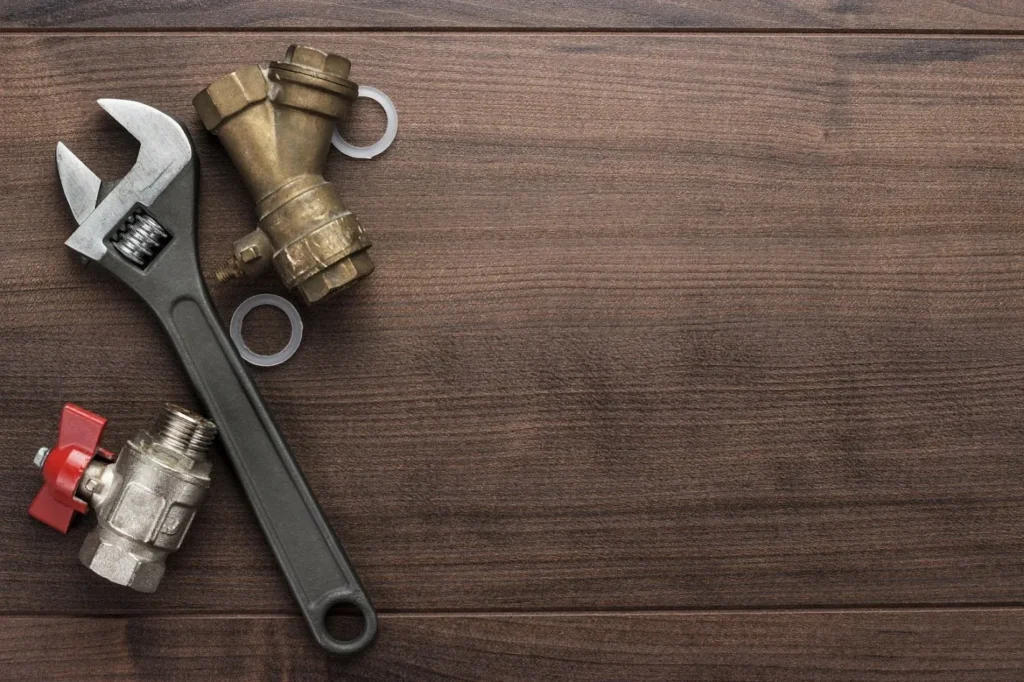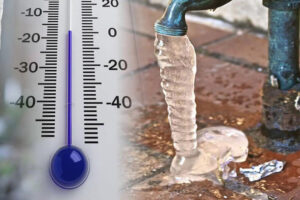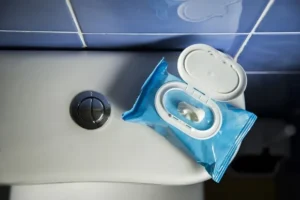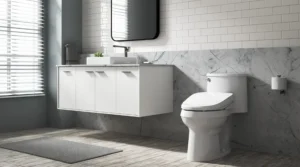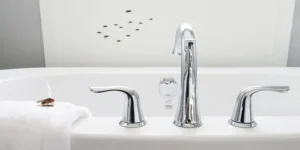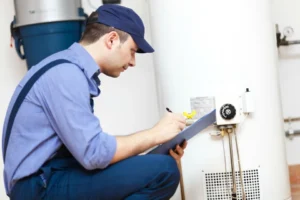Water supply pipes snake through many of the walls in your home. Pipes that need replacing can lead to the need for expensive water damage repairs throughout the home. Avoid the damage by knowing when you should replace the water pipes. Discover some common signs you need new pipes and the causes behind those.
1. Deteriorating Materials
Water supply lines and drainpipes can be from a variety of different materials. Galvanized steel and iron pipes have largely been phased out due to both expense and the fact that they will eventually begin to degrade and corrode out. However, these pipes can have a long life, sometimes approaching 50 years, so they are still present in many homes. Deterioration can lead to leaks in your walls or metal and rust sediment in the drinking water.
Causes
Small scratches inside the pipe, usually as a result of hard minerals in the water, allow the moisture and oxygen to begin the corrosion process on the pipes. This breaks down the metal so that small pinhole leaks form, which can cause hidden damage without being immediately apparent because of the slow nature of the leaks.
2. Health Concerns
Lead poisoning can lead to kidney failure, developmental issues, and fertility concerns. When lead is present in the water, the cause could be old lead pipes in the home. This is especially true if no lead is in tested municipal water sources until after the water has entered your home.
Causes
Lead pipes are most common in homes built before the 1950s, but some lead solder may be present in home with metal pipes if the plumbing was put in before the 1980s. As these pipes begin to age, lead starts to leach into the water. The health issues are a concern only if you ingest the water.
3. Hidden Leaks
Water pipes tend to leak in areas where you may not notice them, such as within the walls. The first signs may be damp wall board or mold growth on a wall. Increased water bills and the sound of dripping water inside the walls can also indicate that a supply pipe has a leak.
Causes
Leaks can be from a variety of issues. Damage to a single pipe or a weakened joint may only necessitate a repair, while degradation that affects multiple pipes may mean you should upgrade all of the supply lines in the home. Sometimes, leaks occur when the wrong type of pipe is used, such as PVC pipes instead of PEX for a hot water supply pipe.
4. Sediment Issues
Likely, no one wants to turn on the tap only to have discolored water with gritty sediment. Signs of sediment in the water include brown or orange discoloration, metal flicks, or other gritty substances. Faucet aerator screens may also tend to clog frequently if an increase in sediment happens.
Causes
Sediment issues can come from the municipal source, which you can rule out if the sediment issues don’t affect your neighbors. Often, sediment is a side effect of rusting and corroding pipes. The sediment may come from the degradation of the pipes themselves, or it could be soil that got into the water line from a break in a pipe or a loose pipe joint.
5. Loud Noises
Shaking and rattling noises when you run the water aren’t a good sign, as this can indicate that the pressure valves don’t work properly or that the pipes themselves are loose. A loud banging or hammering sound when the water tap is shut off is another sign of pressure issues that have caused pipe movement.
Causes
Noisy pipes are almost always a result of broken attachments or pressure valve issues. If you catch this early, you can repair the noise without a full pipe replacement. Eventually, though, the movements that cause the noise will cause pipes to break and shake loose to the point that replacement is the best solution.
Contact A-1 Affordable Plumbing Inc for more information on replacing the pipes in your home.



